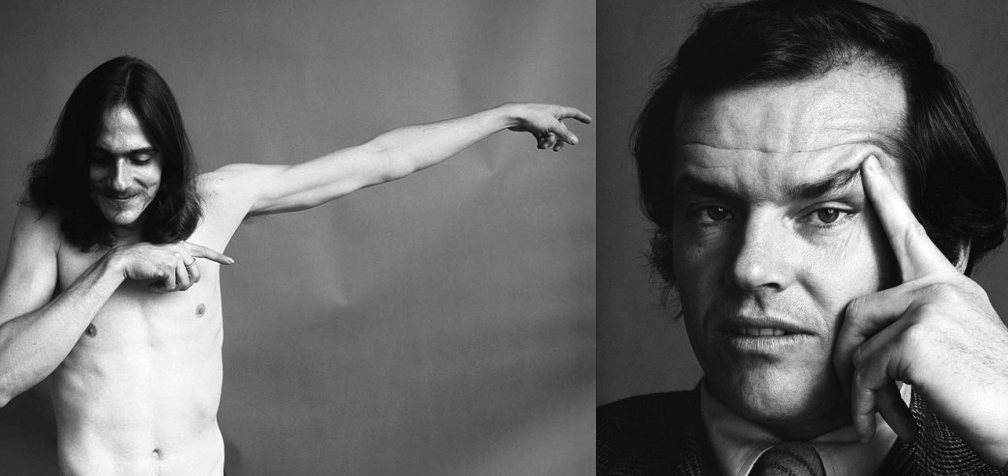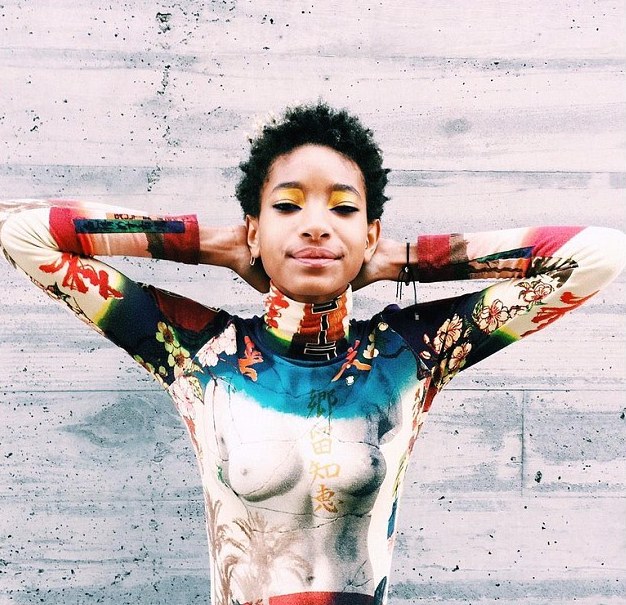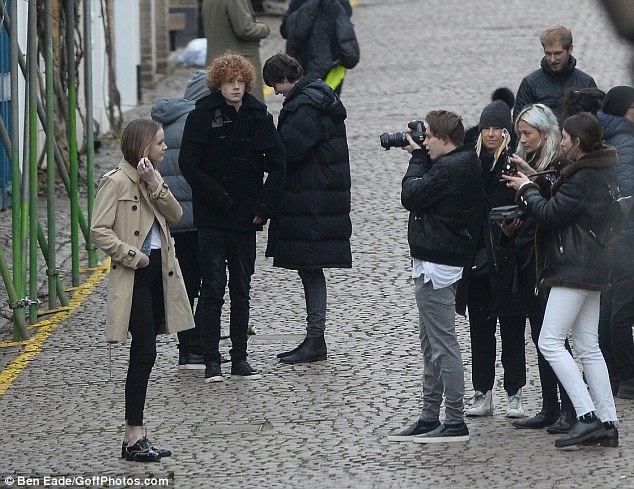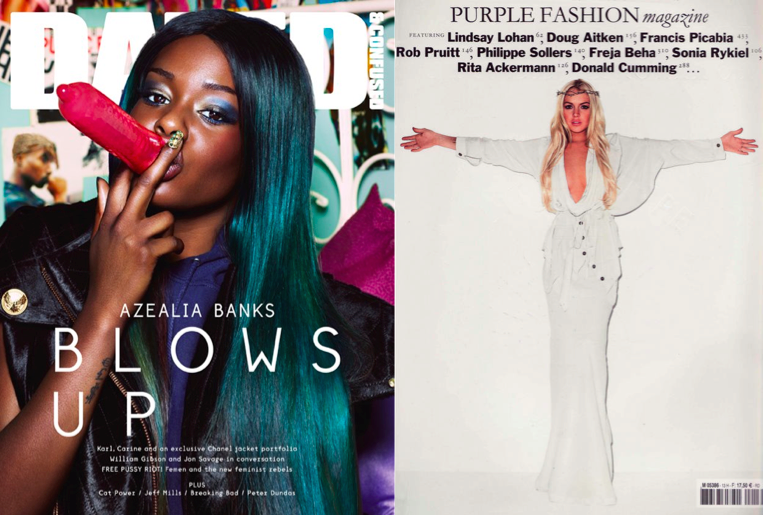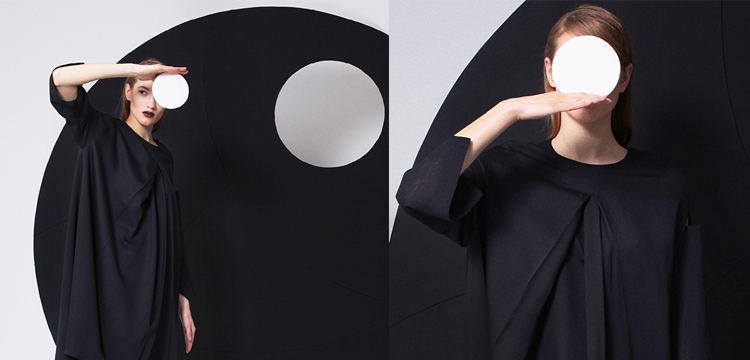Based in New Delhi, Morphe is a design house whose art-inspired textural designs form a recognisable patchwork of modern patterns and feminine silhouettes, carefully constructed in delicate organza and silks.
Shenali Sema is the designer at the label’s helm, bringing to the brands bright aesthetic her cross-continental fashion education, and the innate sense of design she developed growing up amongst the rich textile heritage of Nagaland in North-Eastern India. NJAL caught up with Shenali, to discuss fashion’s role as a non-verbal language, how the industry can be its own worst enemy, and what she identities as the modern condition of needing to feel ‘edgy’ but not wanting to stand out…

How did you get into fashion? Where are you from?
The development of my interest of fashion into a career is inseparable from my origins. Hailing from a region in India known for its aesthetic sense, rich craft and textile heritage, it was in Nagaland’s multifaceted culture that I developed what now is an innate sense of design.
The education I received at the National Institute of Design (NID), Ahmedabad, India where I focused on textiles was influential on my perception of clothing which was further developed when I went on to Study Fashion at the Central Saint Martins College of Art and Design, London. My association with Morphe began thereafter, formally launching me into the world of fashion.

How did you define your particular style or approach to fashion?
The approach to design at Morphe is guided by the paradoxes of the modern condition. As individuals, we hold many contradictions. We are global in outlook yet nationally proud, we are modern in mind-set yet appreciate tradition, we want to be ¬– excuse the fashion buzzword ¬– ‘edgy’ and fashion forward, but still would prefer not to stand out too much. This dictates my approach to design – to be able to balance these notions through Morphe’s collections.
What has influenced your approach?
I harness this approach alongside cross-cultural creative arts. It renders a multi-fold, interdisciplinary and ever-evolving vision. Suddenly, everything can provide the basis for inspiration; whether or not something has potential wholly depends upon how you look at it. How you perceive and interpret is where our aesthetic comes to play.

What is the problem with fashion today?
The industry is too focussed on being its own enemy, pointing out problems rather than using design innovation and its popularity to create solutions.
How does fashion affect your view of the world?
I’d prefer if it didn’t. As opposed to affecting your view on the world, I believe fashion lets you physically convey it. Being a non-verbal language, fashion lets you say just about anything. One of the key points in Morphe’s manifesto is to appreciate the absurdity of existence and indulge in mischief. Too often people take fashion too seriously.
What do you value more, process or outcome, concept or quality of craftsmanship?
At Morphe these values are equal and inseparable; without one you won’t get the other.

Cash flow for designers is always a problem, how do you survive?
Morphe is owned by of one of the largest export and production houses in India, and harnesses its expertise, facilities and talents. Creative Impex, the parent company, has been around for over 25 years, working with international fashion brands.
It’s almost expected that designers sell online these days, is this the way forward for new designers?
For new designers to reach a clientele that may not be in their country, it is the only way to do so. But for some brands this may not be ideal. If you pride yourself on ‘made to measure’ and the shopping experience of your brand, it is important to not dilute this.
What makes the high-street/fast fashion brands so powerful?
The demand. How else could they produce at that scale and speed of production and justify such low price points?


